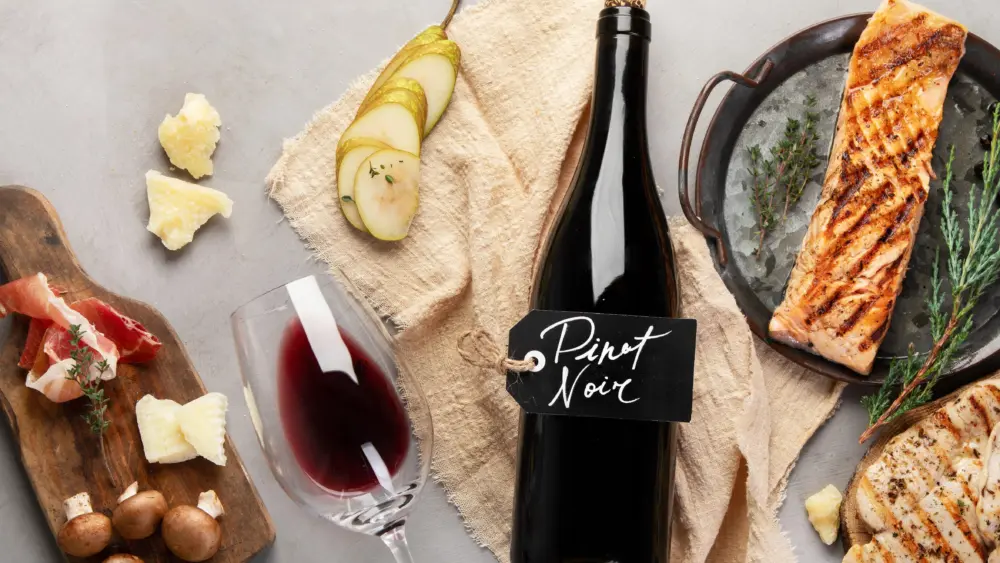Although there’s plenty of good news regarding the wine industry—higher quality across the board, plenty of inexpensive grapes and a public willing to explore new varietals—it seems lately that most wine news is focused on the mounting challenges facing an industry that for the last few decades has only known good times. Like with most bad news, the responses at the extremes range from denial to panic.
It’s time for those in the denial camp to pull their heads out of the sand. The data are clearly pointing to less demand for wine at the exact time vineyards are at their peak production after nearly two decades of worldwide expansion. The result is a growing abundance of grapes and wine building up in inventory that is creating a textbook case of oversupply. Normally, overproduction pushes the price down, often causing producers to lose money. Oversupply tends to correct itself through reduced production and discounting, but the time period over which this happens can be quite long, depending on the dynamics of the market.
This current dynamic is rooted in changing demographics, increasing health concerns linked to alcohol and a dearth of competitive alternatives such as spirits, infused drinks (e.g. spiked hard seltzers and cannabis-infused beverages) all of which have combined to create a collection of industry hurdles.
One of the biggest undeniable challenges is the limited number of wine drinkers. About 60 percent of Americans drink alcohol at least occasionally, according to a 2012 Gallup poll, which was consistent with the historical average of around 63 percent since 1939. Some new studies suggest that this number has increased to about 73 percent in recent years, but other studies suggest the number is slipping.
Taking out those under 21 years old and breaking the numbers down by generational cohort who drink wine, there are roughly 20 million Baby Boomers (between ages 56 and 74), 17 million Generation X (ages 40 and 55), 8 million Millennials (ages 25 to 39), less than 1 million Generation Z (ages 4 to 24), with the rest of wine drinkers being “matures” (age 75 and older).
As real headwinds to the wine industry, within each demographic group there are both health and economic concerns that are increasingly becoming the driving force in their alcohol purchasing decision-making processes. Older consumers have the money, but are reducing their consumption rates, while younger people don’t have the resources and aren’t purchasing wine as readily or in the same quantities as their parents might have.
Couple these factors with an economy that appears to many as if it is behaving like a hopped-up sports car without brakes that’s careening down Highway 1, and it’s likely that these generational proclivities will remain and even increase.
It’s time for those in the panic camp to take a deep breath and pull up your big-girl/big-boy pants. The data clearly point to a correction, but it’s also certain that many people will still be enjoying a glass of wine for the foreseeable future.
Fear often leads to poor decision-making, so instead of dread, producers should focus instead on meeting customer expectations and providing meaningful experiences. Does this mean you need to build a new tasting room with a stargazing veranda and a live-in chef who cooks up Wagyu-beef wine-pairing treats that are served on a banana leaf? Probably not. But having a well-oiled team of tasting-room employees who feel encouraged to host your guests enthusiastically is likely a good start. Is it time for the owners to get back out there and make their presence known? Absolutely.
Beyond treating your customers as if they are your most valuable asset, time and effort should be taken to explore your own data to uncover unmet needs and trends within your own business. Looking deeply will uncover some segments that are growing and others that are shrinking. Which of your customers appreciate a hands-on luxury experience? Perhaps they’d go for an option to gift a few bottles of wine to their friends and family. Another segment may appreciate a quiet and safe area to hang out with their friends and pets. They may value an online ordering system for both wine and other associated accoutrements.
In many ways the future of the wine business will not look like it has in the most recent past, with wild growth and consumers willing to pay dearly for what has become a common and ubiquitous beverage. Growing challenges face those who give in to panic or denial, while the future is brightest for those who retrench and look toward moderation and steadiness as their guiding principles.
Author
-

Tim Carl lives, writes and teaches in Calistoga. He grew up in St. Helena and traces his Calistoga grape-growing roots back five generations. You can reach him at tcarl@northbaybiz.com.
View all posts




